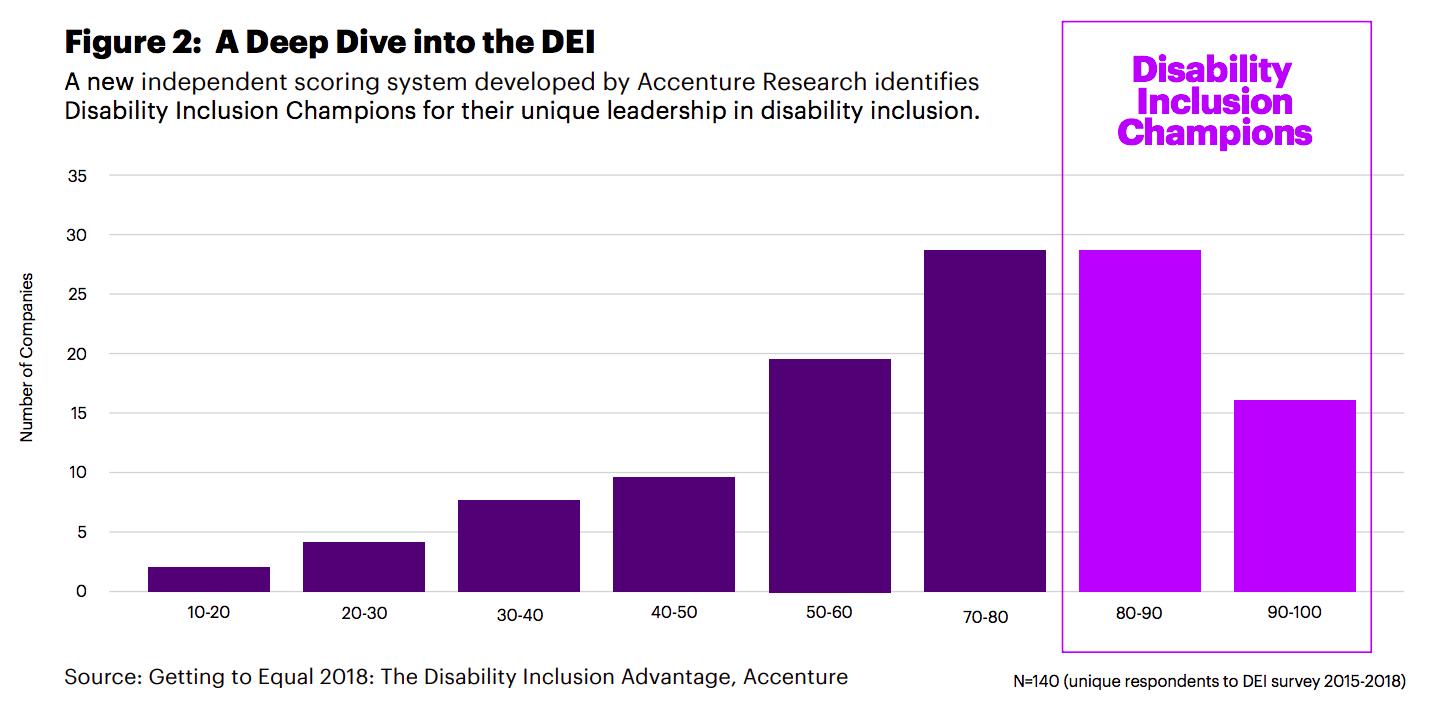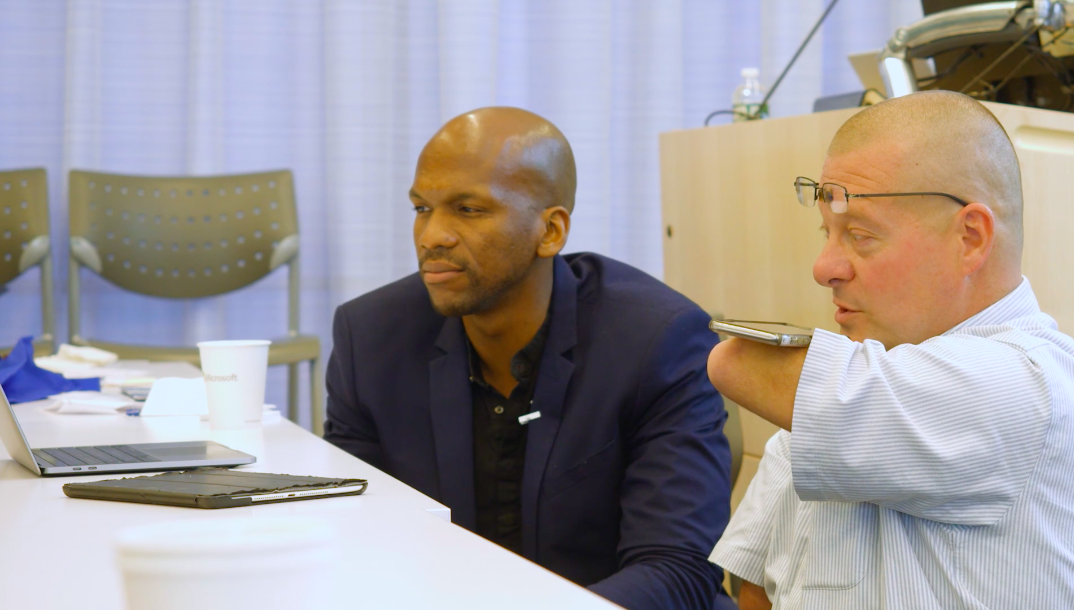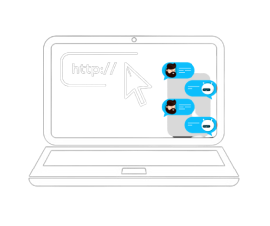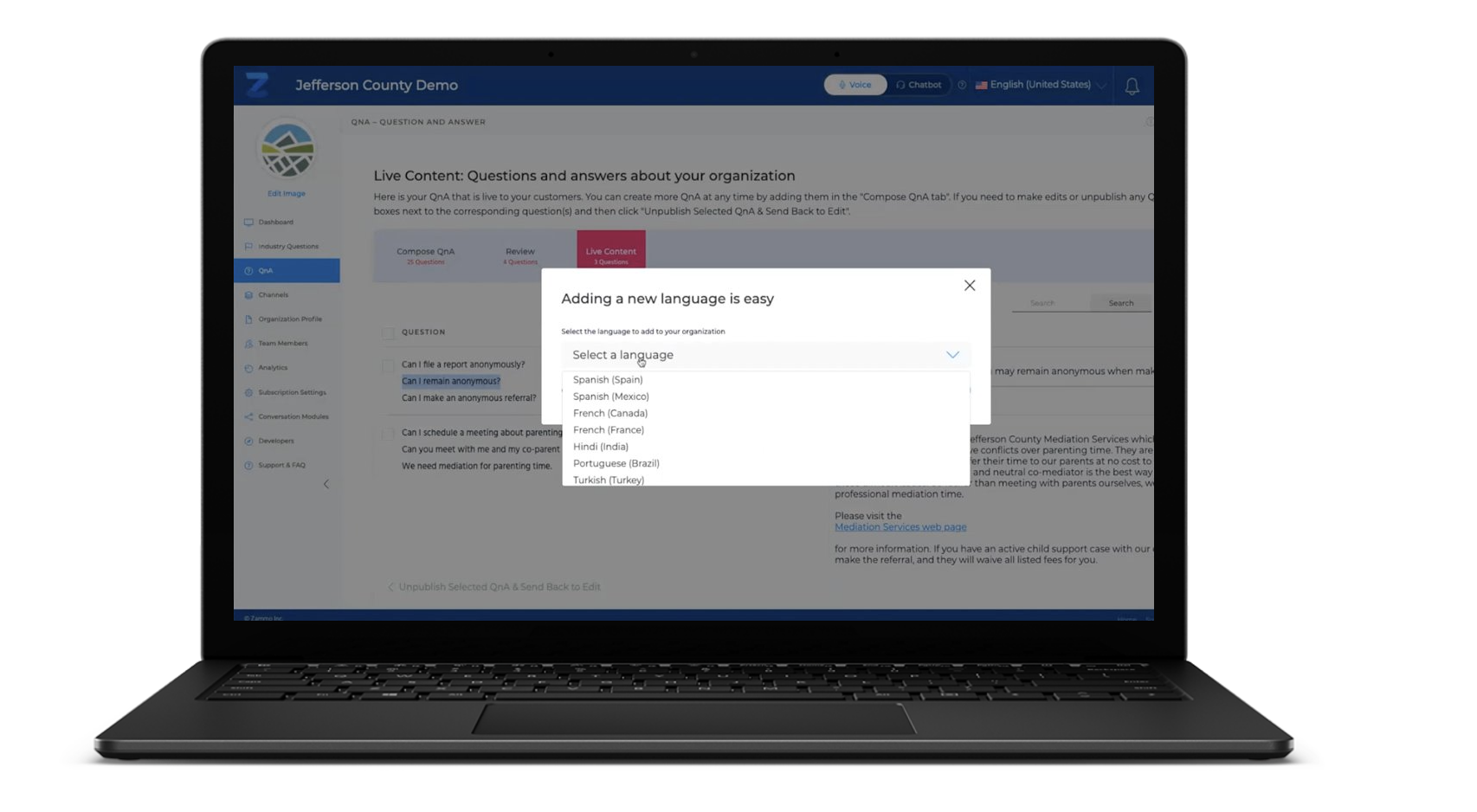Will You Be Sued for Your Lack of Accessibility?
5 MIN READ
The number of lawsuits filed in federal courts for discrimination on the basis of disability peaked in 2019 at 11,053 filed. Law firm Seyfarth Shaw predicts that 2021 will also be a very busy year for Americans with Disabilities Act Title III lawsuits.
.png)
ACCESSIBILITY AFFECTS EVERYONE
Companies, including Target and Domino's, have been sued for not following the guidelines of the ADA Title III by not making their sites or apps accessible to the blind - and it’s not just the large corporations being exposed to these claims. According to a 2019 study, an astounding 98% of more than a million home pages of both large and small companies analyzed failed to meet all the recommended requirements of website accessibility for disabled people.
“While small businesses have been generally ‘flying below the radar’ because their sites get less traffic, these businesses are equally vulnerable — just as are their physical sites,” states Thomas Barton, a lawyer at Drinker Biddle & Reath LLP’s Philadelphia office.
Businesses need to realize that incorporating accessibility into their foundation will not only save them in the future, but extend the reach of potential consumers. "If tech companies aren't thinking about accessibility from the beginning, this is a huge part of the population that can't use your product and won't be able to engage with what you've done," explains Kate Sonka, executive director of Teach Access.
Lucy Greco, a strong proponent for web accessibility at the University of California, Berkeley, who is blind, says it's also important to talk about people with disabilities being part of the market.
"When people with disabilities have products that they can buy, they will," Greco said. "They watch movies, they pay for movies. We contribute to society, and if you create things we can use, we will use them and we will just be another part of your market."
If avoiding a lawsuit isn’t reason enough, Accenture Research shows that companies who embrace inclusion outperform their competitors. In their report, 140 companies were measured according to the Disability Equality Index, “a comprehensive benchmarking tool helping companies build a roadmap of measurable, tangible actions towards disability inclusion and equality”. The 45 companies that stood out for their leadership, specifically with disability employment and inclusion, had on average 28 percent higher revenue, double the net income and 30 percent higher economic profit margins than the other companies over a four-year period.

Integrating voice technology has the power to not only streamline interactions with businesses and devices for people with disabilities, it has the potential to make all of our lives easier.
“From helping drivers focus on what matters most by multi-tasking on their behalf, to assisting older as well as disabled people for instance, by retrieving messages, asking for social visits or help in case of an emergency, giving medication reminders, and entertaining as well as educating in case of need, voice technology has the potential to become a personal assistant to everyone,” a Rezaid report stated.
VOICES OF ACCESSIBILITY
CDX announced their spotlight, “How Voice & Conversational A.I. are Helping Workers With Disabilities”, bringing together disability empowerment leaders Guy Tonye, chief engineer at Zammo.ai, John Robinson, CEO of Our Ability and Bill Curtis-Davidson, AI Lead for the P.E.A.T. initiative at the U.S. Department of Labor. This panel highlighted what voice technology is doing for people with disabilities and shared how an advocate for employing the disabled, an AI voice engineer, and a government representative are all working towards the same cause.
In a Techonomy Exclusive, the CDX panel interview was covered and Zammo.ai’s involvement in bringing accessibility to everyone through their conversational AI solution was highlighted.
“Zammo’s chatbots use both voice and text technology, specifically to enable accessibility. It has a variety of application development tools meant for designing apps for disabled users.”
In the panel interview, Robinson, CEO of Our Ability, and member of the disabled community himself, recognized how his business could flourish through the use of voice technology. “We knew that technology is a great equalizer for people with disabilities and we knew with voice and conversational AI we could do a better job in grabbing people’s abilities, skills, interests and do a better job in harnessing them early and faster,” Robinson said.
At Our Ability, John and his team have spent the last year working with Zammo.ai to find a better way to harness people’s information at the point of contact, and take that information and create a job profile. With this job profile, customers are empowered to get to where they want and deserve to go in their career. “This is where we started 12 months ago and I could not be more proud of what we’ve done and what we’re doing,” Robinson said.
The Department of Labor released a report that shows the disparity between the employment of persons with and without disabilities:
- The unemployment rate for persons with a disability was 12.6% in 2020
- For persons without a disability, the unemployment rate was 7.9%
- Across all age groups and educational levels, persons with disabilities were much less likely to be employed than those with no disabilities
- In 2020, 29% of workers with a disability were employed part time, compared with 16 percent for those with no disability
- Employed persons with a disability were more likely to be self-employed than those with no disability
“What we want to do is create a common language, a level playing field for businesses to speak disability, for disability to speak business, and voice and AI technology are allowing us to do that. We could not do it without our great partnership, especially with Zammo,” Robinson explains regarding his company’s partnership with Zammo.ai.
Zammo.ai chief engineer, Guy Tonye, is motivated by the access technology is delivering. “My focus is on how we can bridge the gap between technology and the end user.”
Tonye is encouraged by the progress conversational AI has made amidst the pandemic. “When something challenging happens, we are resourceful and come up with solutions and that’s where the excitement for me is. We can solve things.” He believes deeply in what Curtis-Davidson called “inclusive design,” and will continue working to deliver fair access to everyone. “It puts all of us on the same level.”

Guy Tonye and John Robinson presenting Zammo.ai technology
While accessibility is becoming a higher priority for businesses and technology is evolving to level the playing field, there is still so much more work to be done. In order for enterprises to be accessible to everyone, and avoid a lawsuit, they need to consider how people of all abilities are interacting with their company. Using conversational AI, Zammo.ai allows businesses to easily deploy their information across multiple channels and make it possible for anyone to communicate and transact with them.
Eager to learn more? Check out our videos showcasing how Zammo’s no-code platform is revolutionizing business for enterprises and government agencies.
More Articles
- Featured Articles Provide a Secure ChatGPT-like Experience
- Featured Articles Unlocking the Power of Conversational AI: What Sets Zammo.ai Apart
- Featured Articles Zammo.ai: The Drive-Ready Solution
- Featured Articles A Technology Collaboration Enables Job Seekers Living With Disabilities
- Featured Articles 5 Essential Attributes Of A Trusted Conversational AI SaaS Provider

 IVR / Telephony
IVR / Telephony Chatbot
Chatbot Enterprise
Enterprise Government
Government












